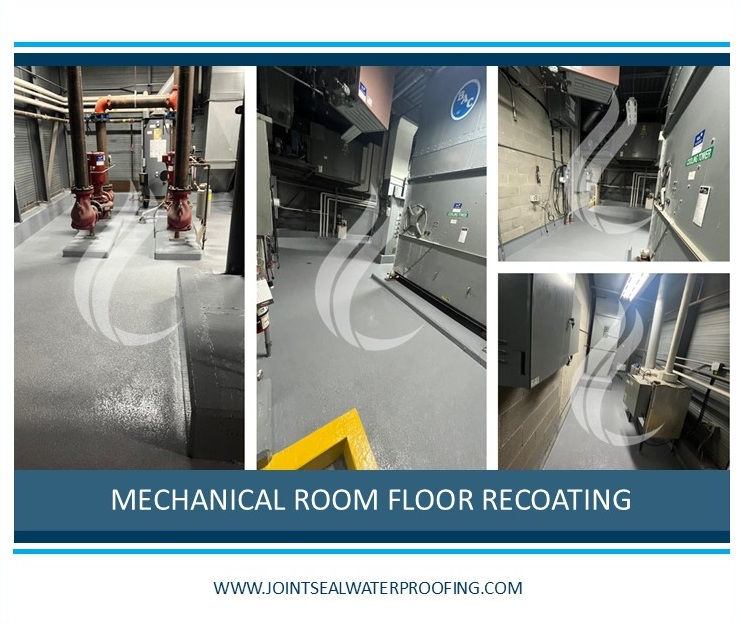Vertical Expansion Joint Waterproofing
- Nataliya Muriy

- Jan 26, 2022
- 1 min read
Repairing expansion joints can be a challenge during the winter months, which makes negative-side injection an optimal solution. We just completed one such project last week in a parking garage of a mid-rise residential building on Fairview Mall Dr. in North York.
The Repair
It was a vertical expansion joint with some horizontal addition at the top which we were able to inject from inside (negative side). First, backer rods were placed, to ensure the injected material would remain in place. Next, holes were drilled in preparation for the injection, and a 45° angle was done at the top, along the ceiling. Cold-applied polyurea was injected next until it filled all the cavities.
The Advantages
When cold-applied polyurea fills all the gaps, it inevitably comes into contact with ice. As it starts curing, this material heats up, making the ice melt, and once in contact with this water, liquid polyurea turns into foam, creating pressure from inside (which fully seals the joint). Because polyurea is liquid, injecting it from inside the parking garage is possible - a great advantage during the winter season or in areas where the expansion joint cannot be accessed otherwise.
Other Types of Expansion Joints
Repairing an expansion joint located in the ceiling or floor requires a specific procedure as well, even though it is similar to injecting a vertical one in a wall. To learn more details, visit our page on expansion joint waterproofing: https://www.jointsealwaterproofing.com/expansion-joints





Comments